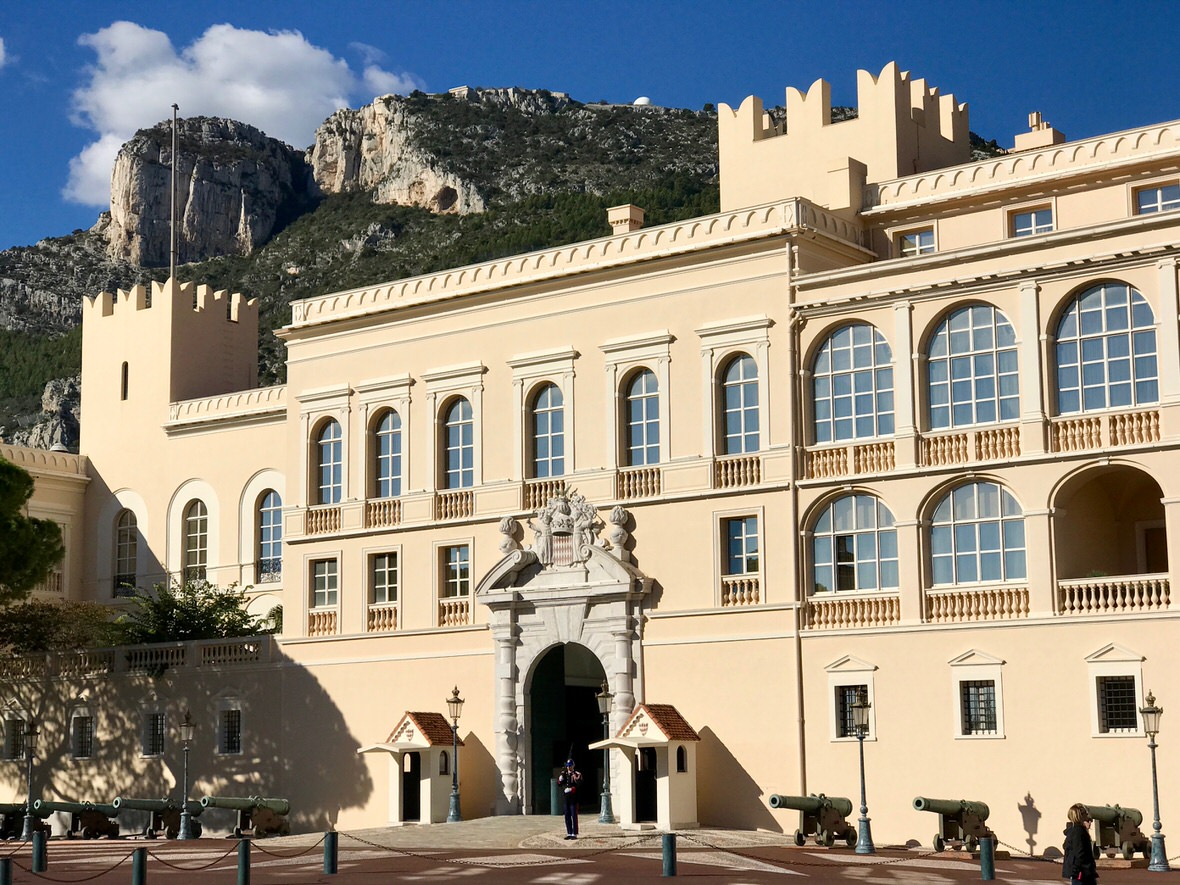Monaco, that tiny principality nestled on the French Riviera, is far more than just glamour and casinos. Its architecture tells a fascinating story of space, status, and continuous innovation. Here, old and new don’t just meet; they intertwine in a way that is both surprising and visually impressive.
From medieval fortress to modern wonders
The heart of Monaco, Monaco-Ville (also known as “The Rock”), proudly bears its medieval heritage. Narrow, winding streets, pastel facades, and the Prince’s Palace, which dominates the skyline, bear witness to centuries of history. Here, you’ll feel the authentic spirit of Monaco, far from the glitter of the newer parts of the city. The Palace, with its Renaissance courtyard and magnificent sea views, is a reminder of the long reign of the Grimaldi family.

However, Monaco has always looked to the future, and its limited space has forced it into ingenious architectural solutions. Just look at Monte Carlo – it’s the definition of opulence with its Belle Époque architecture. The Monte Carlo Casino, a masterpiece by Charles Garnier (architect of the Paris Opera), with its domes, gilded details, and lush gardens, is a symbol of high society. Around it, luxurious hotels like the Hôtel de Paris exude the same grandiose style.
Spatial challenges and vertical cities
The Principality has always faced one major challenge: lack of land. This has led to incredible engineering and architectural feats. Monaco is a pioneer in land reclamation, creating new districts like Fontvieille on land reclaimed from the Mediterranean Sea. Here, you’ll find more modern residential buildings, parks, and a marina, all carefully integrated into the existing landscape.

More recently, Monaco has embraced vertical architecture. Super-tall skyscrapers, like the Odeon Tower (one of the tallest in Europe), not only provide luxurious accommodation with panoramic views but also maximize precious space. These modern giants have become new symbols of Monaco’s status and technological prowess.
Sustainability and the future
While Monaco is known for luxury, it’s increasingly turning towards sustainable architecture. New projects strive for green solutions, energy efficiency, and harmony with the environment. The Portier Cove (Anse du Portier) district, currently under construction, will represent the latest example of an environmentally conscious offshore extension, with an emphasis on biodiversity and green spaces.
Monaco’s architecture is a living illustration of its evolution – from an ancient fortress to a futuristic metropolis. Every building, whether a historic monument or a modern skyscraper, tells a story of adaptation, ambition, and the unique ability of this small state to defy limitations and create something truly extraordinary. Observing Monaco’s architecture is like reading an open book about its past, present, and vision for the future.















